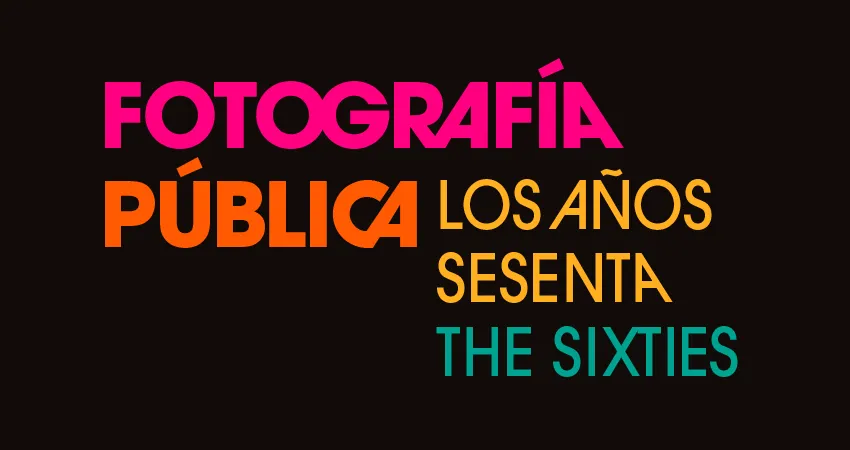Fotografía pública
Twenty years ago, at the Reina Sofía Museum, the exhibition Public Photography presented a selection of magazines, posters and books that had been published during the interwar years. Instead of framed copies of limited print runs and handmade prints, we now had images in printer’s ink. This was Public Photography’s way of proving that photos do not belong on walls, but on printed pages. Something that the art market, academia and museums may find rather hard to digest, but quite evident as far as the public and photographers are concerned. Today more than ever before, when photo books are the main means of communication for photographers and photos are just as much at home on old paper pages as they are on new plasma screens.
Public Photography was full of people, information and news, political propaganda and commercial advertising, adventures and travel, everyday experiences, streets, merchandise and work, eroticism, fashion and customs, cities and landscapes, nature and the science of the twenties and thirties, when anything and everything that could be seen was photographed and published for a huge audience, both in terms of number (practically the entire world) and in terms of curiosity.
The explosion of photography intensified during the 1960s, an era more conducive to mass culture than to haute couture. Never before had there been such a profusion of magazines, propaganda and advertising. Photographic reports are best-sellers capable of stirring public opinion on issues such as the Vietnam War. Now politics are aired in magazines and on posters. Photos are used to sell everything.
Publishing houses release a plethora of photo books, including masterpieces by Richard Avedon, Eikoh Hosoe, Kikuji Kawada, William Klein, Irving Penn, Shomei Tomatsu and Ed van der Elsken. Artists discover photography. Both Andy Warhol’s Pop Art and Gerhard Richter’s Kapitalistischer Realismus resort to photos. These were the days of pop music, distributed on albums with photos on their sleeves. The faces of pop stars and other idols of the masses dominate the poster craze which slips into people’s homes without turning its backs on the streets which were coming down with film posters, political propaganda and ads for concerts, some every bit as glossy as anything you’d see in psychedelic California.
Everything, absolutely everything that happens anywhere on the planet is on printed photos. From the colonial wars, the uprisings against racial segregation and the struggle for civil rights to the assassinations of Kennedy, Luther King and Che Guevara. From Beatlemania and Swinging London to the hippy communes, sexual liberation, free love, feminism, Woodstock and Monterey, street life and artificial paradises.
The 1960s are the last century’s final moment of optimism, an era capable of living for the day and proposing utopias heralded and shown in detail in all manner of photographic publications. A cheerful fiction and a stimulating journey that encompasses both the barricades of May 1968 and the Russian tanks in Prague as well as the moonwalk and LSD.
An exhibition curated by Horacio Fernández.



